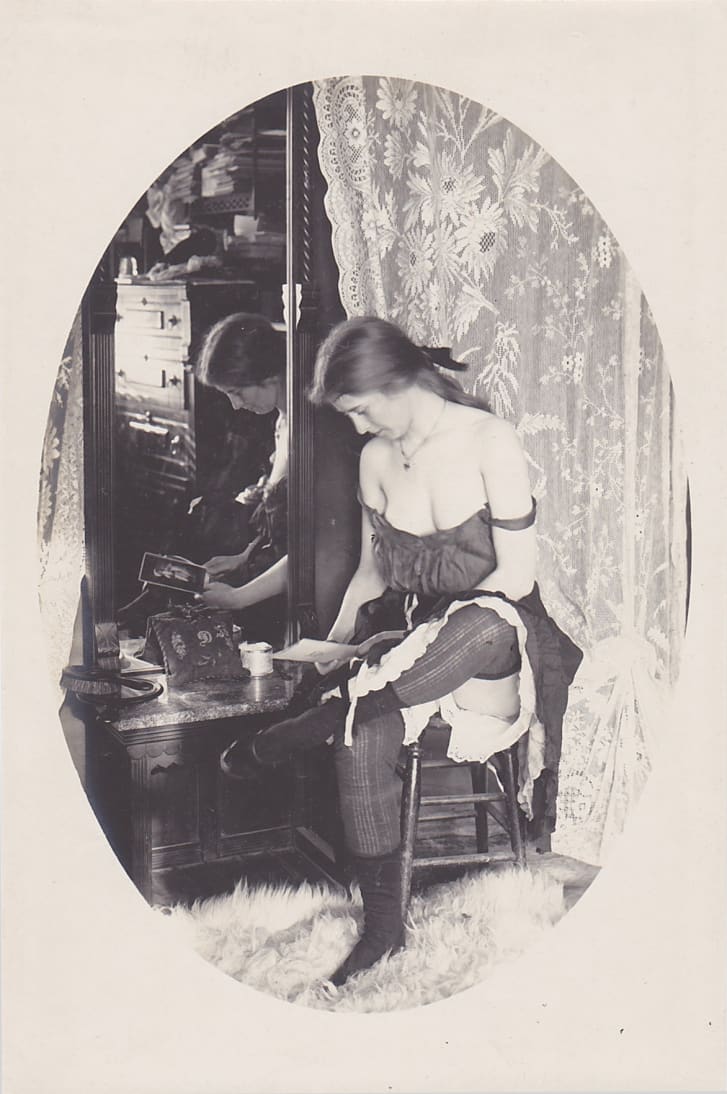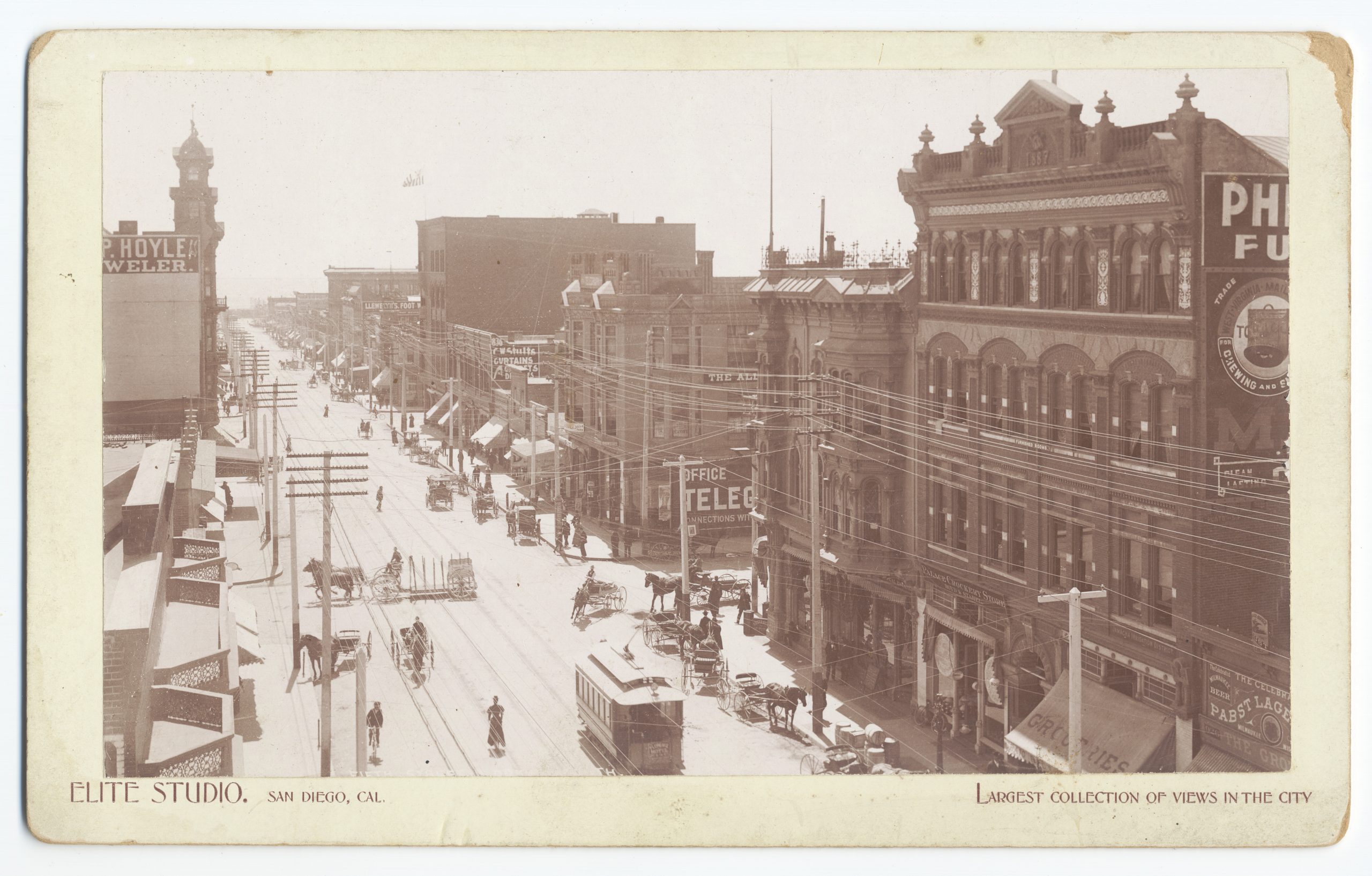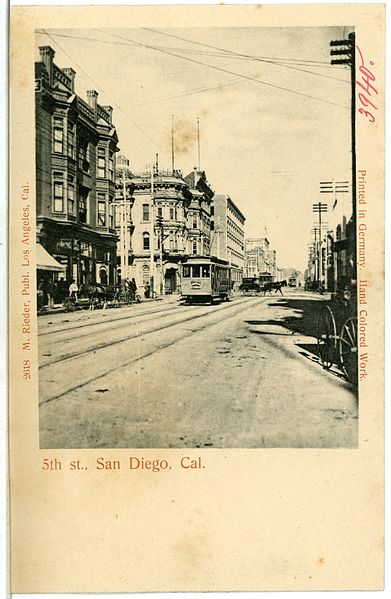Beyond the ritzy restored exteriors of old Horton hotel and the glow of the red lights that hang in prohibition-themed “speakeasys,” San Diego’s Gaslamp district hides a largely-untold history of organized crime and corruption. By reaching a greater understanding of how organized crime operated in the long-gone Stingaree district, I hope to better contextualize the stories of the sex workers that lived and worked in the district, painting a more well-rounded picture than the stereotypical stock character we’re accustomed to seeing in popular culture.
Named for the stingrays that are common in San Diego waters, the Stingaree district flourished for roughly thirty years as one of the most notorious red-light districts on the Pacific coast. It coexisted and overlapped significantly with Chinatown and “Gumbo Slough” (names derived, obviously, from the fact that Chinese and Black residents were forced to live there), other waterfront districts with similar sub-standard living conditions due to the lack of infrastructure in the area (a circumstance that wasn’t helped by the white San Diegans regularly using the area as a dump).
Despite the visual appearance of the district, however, it was always a popular port. The demand for liquor and women was steady in the years prior to the construction of the Panama Canal, as ships rounding the tip of South America would often make San Diego their first stop in the U.S. The pay the thirsty sailors had accumulated during their voyages was pumped into the district every time a ship made port.
The town hit a entered a period of depression in the late 1880s, as real estate speculation rose to astonishing heights before crashing (see Richard Crawford’s article for the Journal of San Diego History, Jan. 6 1960, Vol. 6 Issue 1,”Boom and Bust“). Houses were left unoccupied, outlooks for many were bleak, and a large number of young men were left without motivation to participate in the now-stagnant job search, a factor that was compounded by the Panic of 1893.
And through it all, the Stingaree flourished.

William Goldman, vintage silver print taken at Sallie Shearer’s brothel, Reading, PA, 1892-1900. Wikimedia Commons.
By looking at old fire insurance maps and reading of the resident’s lives in newspapers from the time, it quickly becomes clear that this powerful world of organized crime in San Diego would not have existed without the financial support provided by sex work. Sex work, of course, was a huge draw to the district, meaning the women who worked in the district must be acknowledged as having played a role in the organized crime that was taking place around them, or at the very least as having had their lives decided or influenced by them. The agency these women managed to assert despite being treated as commodities, however, was wide-ranging in expression. They may have not run the show, so to speak, but as my project endeavors to demonstrate, they were very far removed from being bystanders in their community.

Looking down towards the wharf on Fifth street (Stingaree would be far end of picture). [Fifth Street, San Diego, Elevated View], 1890. SoCa Digitalization Project, California State Library, Rosetta Repository.

